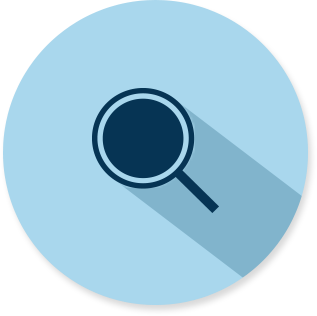Research identifies key role of CXCL9 cytokine in age-related chronic inflammation
An inflammatory-aging clock called developed by Stanford University School of Medicine and the Buck Institute for Research on Aging can predict how strong your immune system will be in 10 years, when you’ll become frail or whether you may develop cardiovascular diseases a few years down the road.
The research, published in the journal Nature Aging, shows how the inflammatory-aging clock or iAge predicts a person’s immunological decline and the risk for incurring age-related diseases and frailty.
Good and bad inflammation
The immune system is responsible for protecting us from foreign invaders such as bacteria, viruses, fungi, and toxic chemicals. The immune system is a group of cells that work together to counter threats to health, such as injuries and pathogen attacks. In response to a threat, it mounts a quick, intense, localized, and short-term response, called acute inflammation.
Good inflammation is a natural response of the immune system to invaders or infection. It emerges and goes away in a few days. However, chronic inflammation occurs with aging. As people grow older, low-grade inflammation occurs, causing organ damage and increases susceptibility to chronic diseases such as heart attacks, strokes, cancer, neurodegeneration, and immunity.
To date, there are no accurate assessment criteria to determine a person’s inflammatory status that could predict impending diseases and clinical issues.
Inflammatory aging clock
The inflammatory aging clock (iAge) is more accurate than biological age in predicting the immune system’s strength, how soon a person becomes weak or undiagnosed chronic diseases.
This new method could help doctors and clinicians determine an older person’s risk for diseases that could take a toll on their overall health. The study also shed light on why some people, though the same age, are not similar in their health status.
The differing rates at which the decline of the immune system can explain why some older adults are disease-prone at the same age while others are perfectly healthy.
To arrive at the study findings and the accurate inflammatory aging clock, the team collected blood immunome from 1,001 individuals between the ages of 8 and 96. They developed a deep-learning tool based on the patterns of systemic age-related inflammation. Called iAge, the resulting inflammatory aging clock could help predict multimorbidity and other conditions related to aging.
Chemokines and chronic illness
The researchers noted that the most potent contributor to iAge was CXCL9, a chemokine involved in cardiac aging, poor vascular function, and adverse cardiac remodeling. The CXCL9 is secreted by immune cells to attract other immune cells to the site of injury or infection. At the age of 60, the levels of this chemokine start to increase.
They later found that higher levels of CXCL9 are tied to an elevated risk for strokes, kidney failure, and heart attacks. Apart from this, CXCL9 levels are also linked to the hardening of arterial walls and excessive thickness of the heart’s left ventricle. All these are predisposing factors to cardiovascular disease.
“In conclusion, we identify a key role of CXCL9 in age-related chronic inflammation and derive a metric for multimorbidity that can be utilized for the early detection of age-related clinical phenotypes,” the team concluded in the study.
When the team performed experiments on tissue from mice and human cells, they found that decreasing CXCL9 levels have restored youthful endothelia-cell function. The findings suggest that chemokine is directly related to cell dysfunction. Thus, inhibiting CXCL9 can be a promising treatment to reduce the risk of cardiovascular illness.
In a nutshell, the team concluded that the inflammatory aging clock’s ability to detect accelerated cardiovascular aging could help doctors treat aging patients. Aside from that, it can be used to detect the likelihood of developing chronic diseases early, paving the way for timely treatment.
- Immune system “clock” predicts illness and mortality – https://med.stanford.edu/news/all-news/2021/07/immune-system-clock-predicts-illness-and-mortality
- Sayed, N., Huang, Y., Furman, D. et al. (2021). An inflammatory aging clock (iAge) based on deep learning tracks multimorbidity, immunosenescence, frailty and cardiovascular aging. Nature Aging. https://www.nature.com/articles/s43587-021-00082-y











